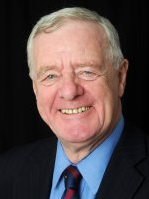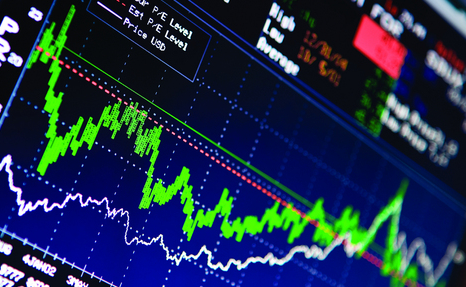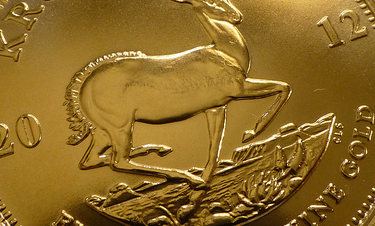Nyheter
David Hargreaves on Precious Metals, week 33 2014
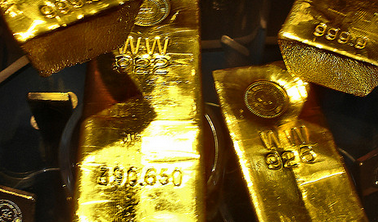
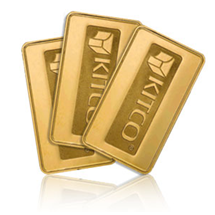 Gold ended the week down $10/oz and it could have been more. It hangs on to that $1300 bar as though its life depends upon it. Were the dollar not weak, it would be more. That seems strange to some against the politico-military backdrop, but right now, economics hold sway. Nobody, we believe, is going to send in the troops right now. Platinum took a bigger hit, reducing the Pt/Au premium to 1.11 from 1.13 as the strike-recovering RSA mines get back to normal. There is also a realisation of an underlying surplus.
Gold ended the week down $10/oz and it could have been more. It hangs on to that $1300 bar as though its life depends upon it. Were the dollar not weak, it would be more. That seems strange to some against the politico-military backdrop, but right now, economics hold sway. Nobody, we believe, is going to send in the troops right now. Platinum took a bigger hit, reducing the Pt/Au premium to 1.11 from 1.13 as the strike-recovering RSA mines get back to normal. There is also a realisation of an underlying surplus.
Spot demand for gold now focuses. We know nobody uses the stuff much, so at least 2500tpa is added to identifiable supplies. Now that is c. $125bns and gives some stability. Yet to where does it go? Recently China has joined India as the major importer. Now the chief difference is that what goes into China stays there whilst a lot of India’s comes back out as fabricated jewellery. News from both countries is bearish this week. The Government of India, rightly disturbed by the effect of gold imports on its balance of payments, has slapped on entry taxes. So foreign purchases may drop by 15%, to 700t in 2014, having fallen 44% to 350t in H1. China’s demand, too, is slowing. In Q2 2014, it was down 52% to 192.5t. The two collectively account for half the world’s offtake and are trending below 1500t. None of this takes into account scrap recovery. The recent WGC survey corroborates these numbers with a 16% downtrend worldwide in Q2 to average 96.4t. Declining jewellery demand is a major factor and there is a growing feeling that 2013 and its high offtake was an exception. Total supply in Q2 was says WGC, up 10% to 1078t, of which mine supply added 4%.
WIM says: The gold price will always have its adherents, but recent events, a scary significance, have not propelled it. We stare at $1200/t for a current floor, anything more being froth. A move upwards on interest rates could propel it towards the $1000 level favoured by some solid institutions.
Silver has its day. The abandonment of the traditional London silver fix had a bit of lifeboats and the Titanic about it. Its replacement sees Thompson Reuters and CME taking over, all electronic-like, but nobody yet knows how it works. Time will certainly tell and quickly, too, we imagine. Of comfort is the fact that the US Mint says it will adopt the new system. But that prices silver not in dollars per ounce, but in dollars per ‘lakh’ or 100,000oz. It is something about volume. Americans should not be allowed near it. We regularly question quoting copper in cents per pound when millions of tonnes change hands and suspect we shall soon have speed in furlongs per fortnight.
Platinum. Of only passing interest can be the recent earnings of RSA platinum miners, following the six-month strike. Of note are those of Northam Platinum (NHMJ.J 4,551ZAc) which nosedived 98.2% in the year to June 30th (2.4¢ per share versus 132¢/share).
Production costs. Much competition recently to show that I can produce gold cheaper than you can produce gold. Unusually, the USA is a preferred destination, where AngloGold reports costs of $765/oz, $100 less than its RSA operations. Right up there, too, are Canada and Latin America.
[hr]
About David Hargreaves
David Hargreaves is a mining engineer with over forty years of senior experience in the industry. After qualifying in coal mining he worked in the iron ore mines of Quebec and Northwest Ontario before diversifying into other bulk minerals including bauxite. He was Head of Research for stockbrokers James Capel in London from 1974 to 1977 and voted Mining Analyst of the year on three successive occasions.
Since forming his own metals broking and research company in 1977, he has successfully promoted and been a director of several public companies. He currently writes “The Week in Mining”, an incisive review of world mining events, for stockbrokers WH Ireland. David’s research pays particular attention to steel via the iron ore and coal supply industries. He is a Chartered Mining Engineer, Fellow of the Geological Society and the Institute of Mining, Minerals and Materials, and a Member of the Royal Institution. His textbook, “The World Index of Resources and Population” accurately predicted the exponential rise in demand for steel industry products.
Nyheter
Australien och USA investerar 8,5 miljarder USD för försörjningskedja av kritiska mineraler
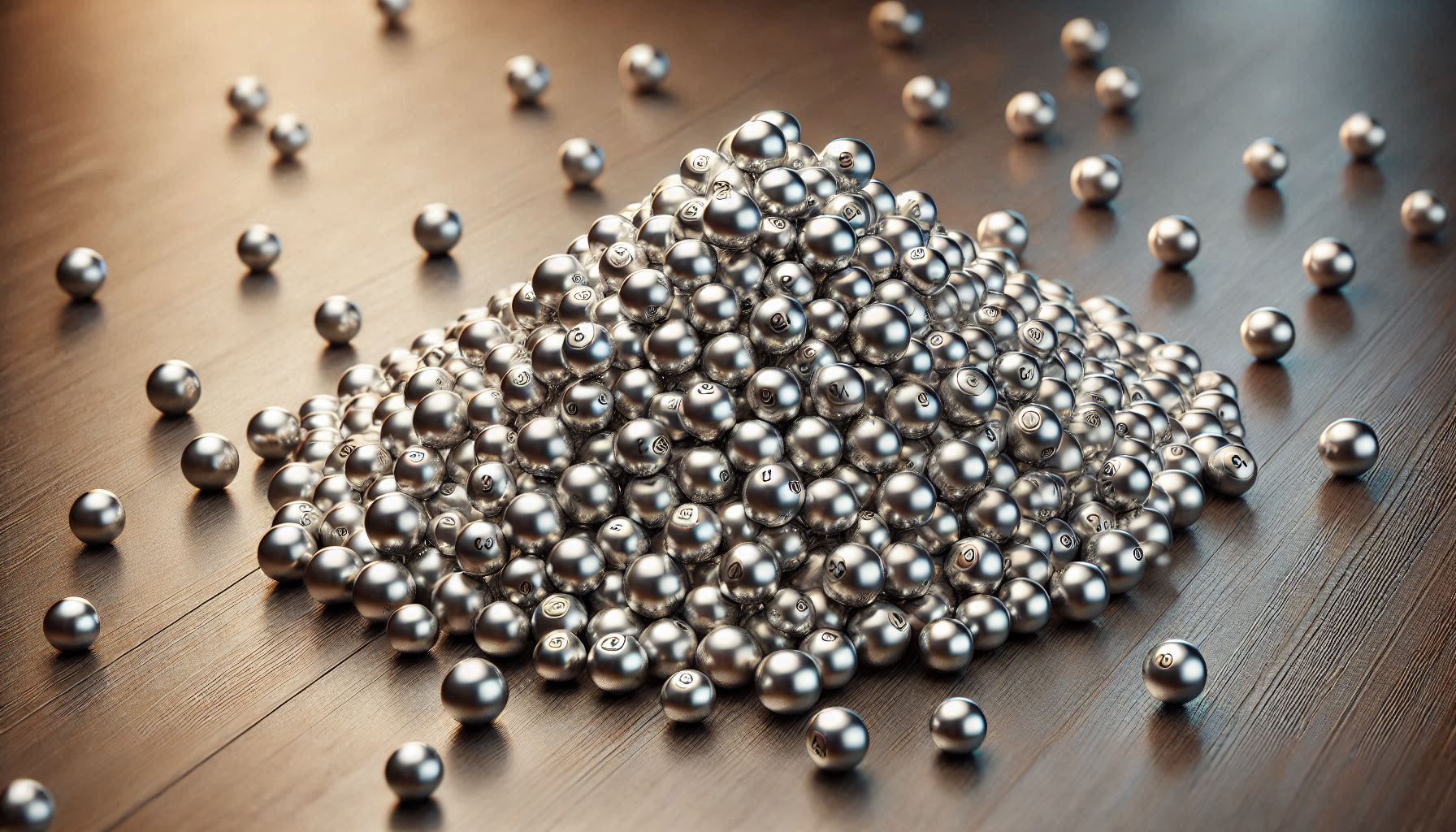
USA:s president Donald Trump och Australiens premiärminister Anthony Albanese undertecknade på måndagen ett avtal som ska tillföra miljarder dollar till projekt inom kritiska mineraler.
Länderna kommer tillsammans att bidra med 1-3 miljarder dollar till projekten under de kommande sex månaderna. Den totala projektportföljen är värd 8,5 miljarder dollar, enligt regeringarna.
Galliumraffinaderi med kapacitet för 5x USA:s efterfrågan
Som en del av avtalet kommer det amerikanska försvarsdepartementet även att investera i ett galliumraffinaderi i västra Australien med en kapacitet på 100 ton per år. För närvarande importerar USA omkring 21 ton gallium, vilket motsvarar hela den inhemska konsumtionen, enligt den amerikanska geologiska myndigheten.
Initiativet kommer samtidigt som Kina har infört exportrestriktioner på vissa mineraler, däribland sällsynta jordartsmetaller, som är avgörande för tillverkningen av elektronik och elmotorer. Gallium används till exempel i mikrovågskretsar samt blå och violetta lysdioder (LED), vilka kan användas för att skapa kraftfulla lasrar.
Nyheter
Vad guldets uppgång egentligen betyder för världen

Guldpriset har nyligen nått rekordnivåer, över 4 000 dollar per uns. Denna uppgång är inte bara ett resultat av spekulation, utan speglar djupare förändringar i den globala ekonomin. Bloomberg analyserar hur detta hänger samman med minskad tillit till dollarn, geopolitisk oro och förändrade investeringsmönster.
Guldets roll som säker tillgång har stärkts i takt med att förtroendet för den amerikanska centralbanken minskat. Osäkerhet kring Federal Reserves oberoende, inflationens utveckling och USA:s ekonomiska stabilitet har fått investerare att söka alternativ till fiatvalutor. Donald Trumps handelskrig har också bidragit till att underminera dollarns status som global reservvaluta.
Samtidigt ökar den geopolitiska spänningen, särskilt mellan USA och Kina. Kapitalflykt från Kina, driven av oro för övertryckta valutor och instabilitet i det finansiella systemet, har lett till ökad efterfrågan på guld. Även kryptovalutor som bitcoin stiger i värde, vilket tyder på ett bredare skifte mot hårda tillgångar.
Bloomberg lyfter fram att derivatmarknaden för guld visar tecken på spekulativ överhettning. Positioneringsdata och avvikelser i terminskurvor tyder på att investerare roterar bort från aktier och obligationer till guld. ETF-flöden och CFTC-statistik bekräftar denna trend.
En annan aspekt är att de superrika nu köper upp alla tillgångsslag – aktier, fastigheter, statsobligationer och guld – vilket bryter mot traditionella investeringslogiker där vissa tillgångar fungerar som motvikt till andra. Detta tyder på att marknaden är ur balans och att kapitalfördelningen är skev.
Sammanfattningsvis är guldets prisrally ett tecken på en värld i ekonomisk omkalibrering. Det signalerar misstro mot fiatvalutor, oro för geopolitisk instabilitet och ett skifte i hur investerare ser på risk och trygghet.
Nyheter
Spotpriset på guld över 4300 USD och silver över 54 USD
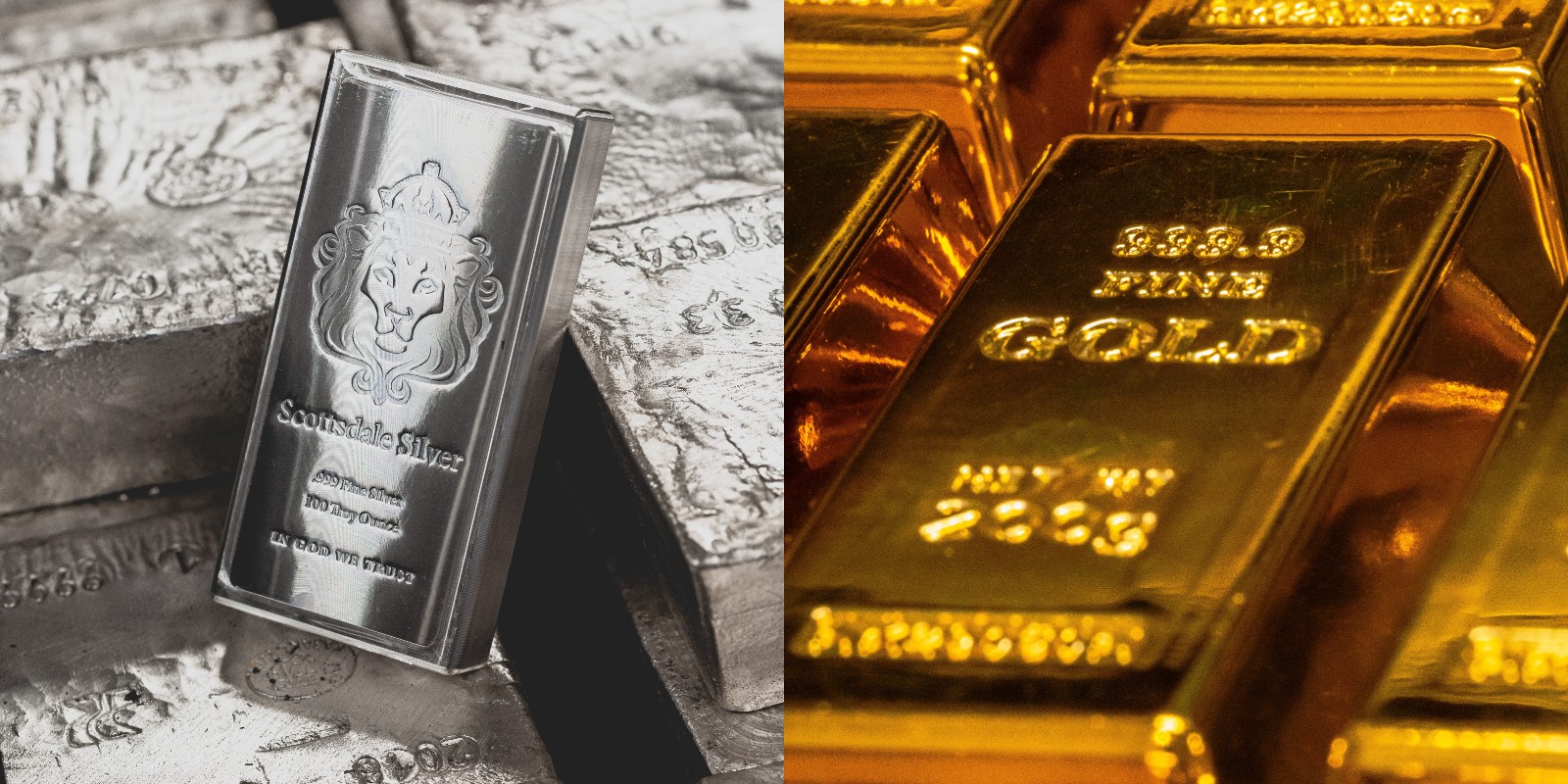
Guldpriset stiger i ett spektakulärt tempo, nya rekord sätts nu på löpande band. Terminspriset ligger oftast före i utvecklingen, men ikväll passerade även spotpriset på guld 4300 USD per uns. Guldet är just nu som ett ångande tåg som det hela tiden skyfflas in mer kol i. En praktisk fördel med ett högre pris är att det totala värdet på guld även blir högre, vilket gör att centralbanker och privatpersoner kan placera mer pengar i guld.
Även spotpriset på silver har nu passerat 54 USD vilket innebär att alla pristoppar från Hunt-brödernas klassiska squeeze på silver har passerats med marginal. Ett högt pris på guld påverkar främst köpare av smycken, men konsekvensen av ett högt pris på silver är betydligt mer kännbar. Silver är en metall som används inom många olika industrier, i allt från solceller till medicinsk utrustning.
-

 Nyheter4 veckor sedan
Nyheter4 veckor sedanOPEC+ missar produktionsmål, stöder oljepriserna
-

 Nyheter2 veckor sedan
Nyheter2 veckor sedanGoldman Sachs höjer prognosen för guld, tror priset når 4900 USD
-

 Nyheter4 veckor sedan
Nyheter4 veckor sedanEtt samtal om guld, olja, fjärrvärme och förnybar energi
-

 Nyheter3 veckor sedan
Nyheter3 veckor sedanBlykalla och amerikanska Oklo inleder ett samarbete
-

 Nyheter3 veckor sedan
Nyheter3 veckor sedanGuld nära 4000 USD och silver 50 USD, därför kan de fortsätta stiga
-

 Analys4 veckor sedan
Analys4 veckor sedanAre Ukraine’s attacks on Russian energy infrastructure working?
-

 Nyheter4 veckor sedan
Nyheter4 veckor sedanGuldpriset uppe på nya höjder, nu 3750 USD
-

 Nyheter3 veckor sedan
Nyheter3 veckor sedanEtt samtal om guld, olja, koppar och stål


